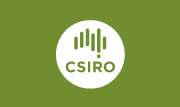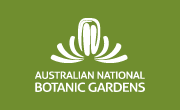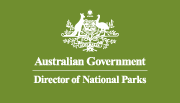2008 Report
This project proceeded well through 2008. For each species of orchid, the mycorrhizal fungi were isolated and identified as being species that are similar to those associated with other terrestrial orchids. However, as an exact match was not found, these fungal species are likely undescribed. Morphological and molecular characterisation of these fungi is ongoing.
Surveys for each orchid species continued throughout the year with the aim to identify plants requiring translocation. During these surveys of the site, flowers of both Cryptostylis hunteriana and Corybas dowlingii were hand pollinated, from which seed was collected for germination trials and stored for later use. In addition, seeds of Rhizanthella slateri were collected for germination trials and storage. All Cryptostylis hunteriana plants that will be affected were located and marked. Surveys of new colonies of Corybas dowlingii found late in the growing season will continue into the growing season of 2009.
A trial translocation of Corybas dowlingii was performed in September 2008. The results of which will be available during the 2009 survey of these sites. It is anticipated that this species will translocate with a high degree of success.
Seeds of potential host plants for the mycorrhizal fungus for the orchid Rhizanthella slateri were collected and were germinated in the glasshouse. A representative number of each of these potential host plants will be inoculated with the mycorrhizal fungus and Rhizanthella slateri seeds will be introduced to the pots in 2009.
Towards the end of 2008, a molecular study of the taxonomic status of Corybas dowlingii was initiated with the aim of identifying a molecular marker to distinguish Corybas dowlingii from Corybas barbarae. Both of these species co-occur on the bypass site and when the plants are not flowering it is difficult to distinguish the two. This molecular study is continuing into 2009.
|
![An Australian Government Initiative [logo]](/images/austgovt_canbr_90px.gif)

![An Australian Government Initiative [logo]](/images/austgovt_canbr_90px.gif)



